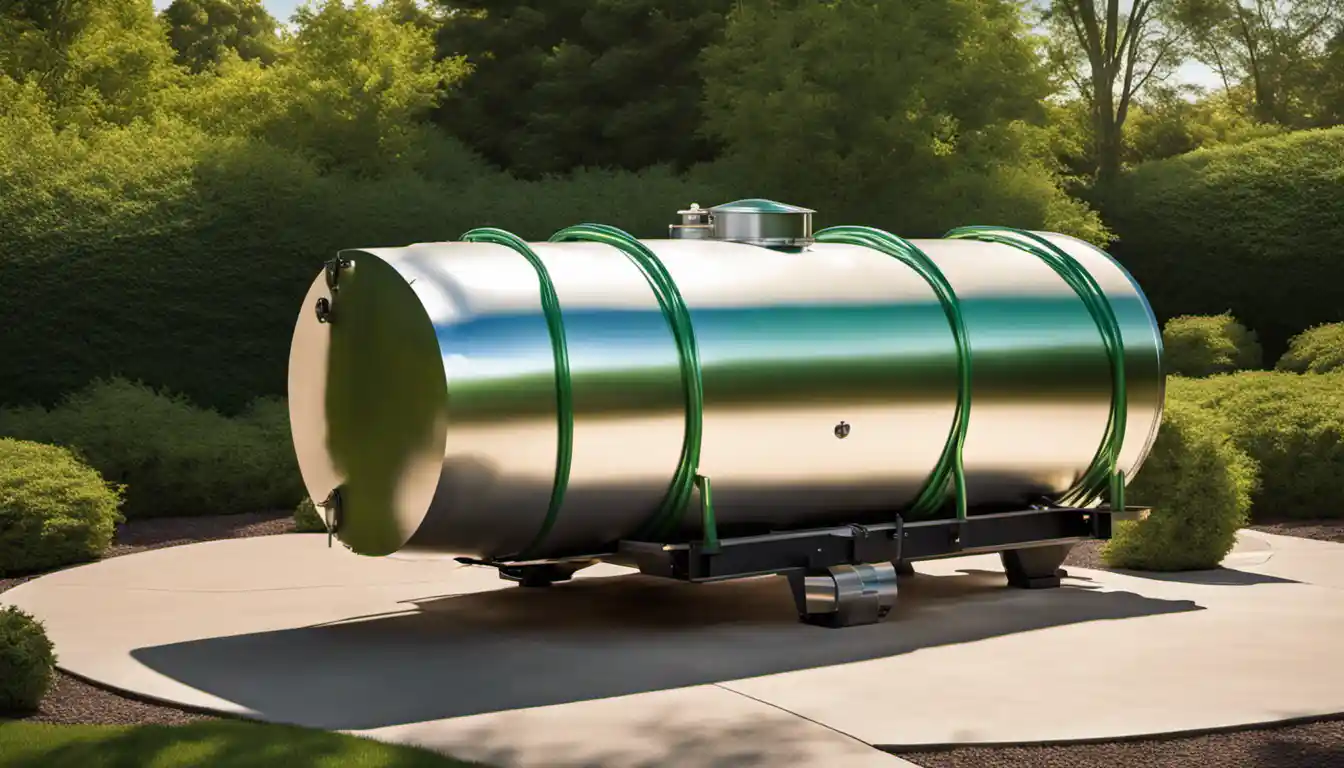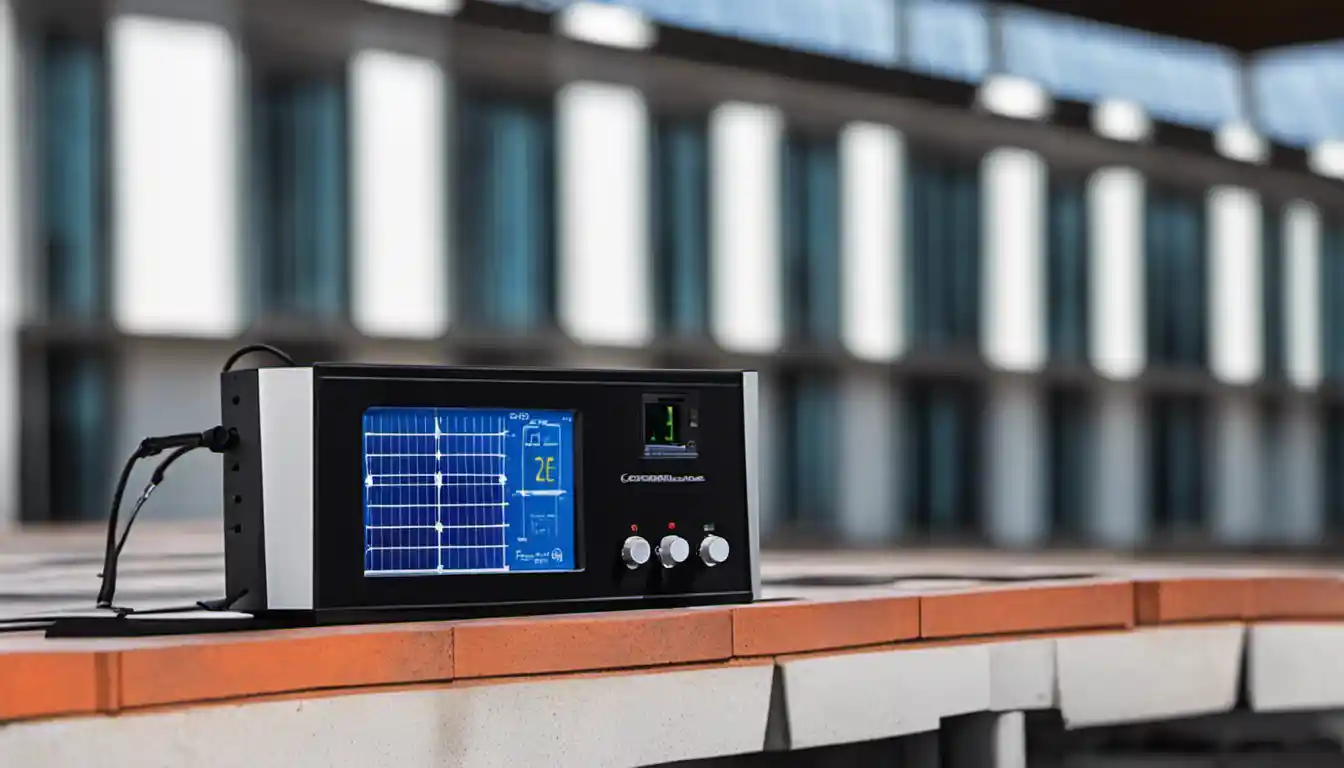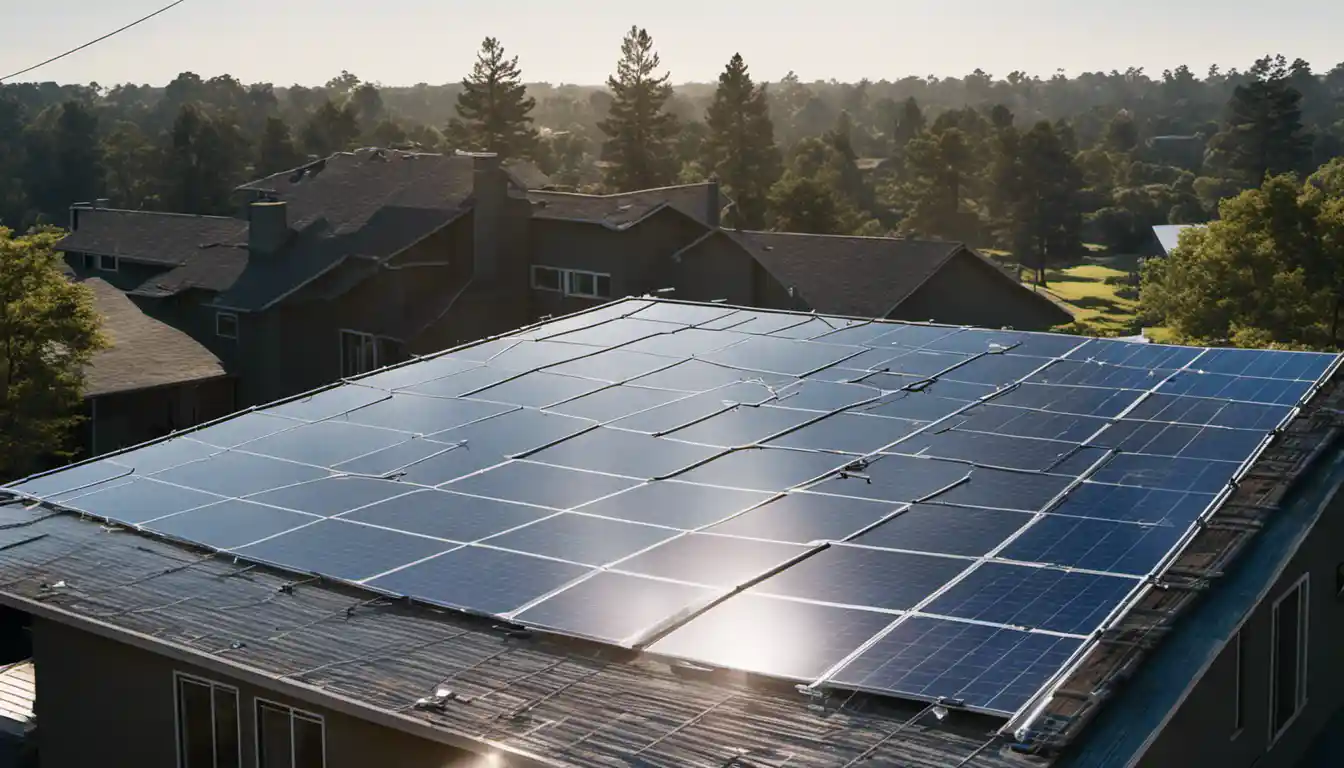Introduction
To build a DIY solar hot water storage tank, you’ll need materials like a solar collector, an insulated storage tank, copper tubing, and a heat exchanger. The collector will harness the sun’s energy to heat the water, which then moves through the copper tubing and is stored in the insulated tank. These DIY systems are often used as a cost-effective way to generate hot water for home use.
What is a Solar Hot Water System?
At its core, a solar hot water system uses the power of the sun to heat water. In essence, these systems employ solar energy to heat large volumes of water and then store this heated water in a specially-designed tank. The heart of this system lies in its two key components: the solar collector and the storage tank, our main focus for this article – the DIY solar hot water storage tank.
The Role of the Solar Hot Water Storage Tank
The storage tank plays a crucial role as it stores the heated water until it’s ready for use. It’s usually insulated to keep the water hot for longer periods. When designed correctly, a good storage tank can keep your water hot for days, allowing for constant access to hot water.
The Benefits of a Solar Hot Water System
This sort of system brings multiple advantages to the table.
Cost-Effectiveness
First, it can help save significantly on your energy bills. Sure, there’s an initial cost to setting up, but once you overcome this, most of the hot water you use will virtually be free!
Environmental Benefits
Secondly, using a solar hot water system contributes to less dependency on fossil fuels, thereby reducing the carbon footprint. This is a great step towards environmental conservation and sustainability efforts.
Resilience and Autonomy
Thirdly, it ensures resilience and autonomy, especially in off-grid situations or periods of power outages. With a solar hot water system, you harness and use the sun’s energy directly, making you less dependent on the grid.
Materials Required for a DIY Solar Hot Water Storage Tank
For the Tank

You’ll need a well-insulated tank to prevent heat loss. This can be a repurposed electric hot water tank with added insulation or a specially-designed solar hot water tank. Ensure it has appropriate connections for both your solar collector and your household plumbing.
For the Solar Collector
The solar collector can be home-made or purchased ready-made. Various designs are available, but all incorporate a dark-colored surface to absorb solar energy and some form of transparent cover to trap this heat.
For the Pump and Plumbing
A pump circulates water between the collector and the tank, and you’ll need one that can withstand hot temperatures. For plumbing, use copper or PEX piping, which is known to resist corrosion and handle high temperatures well.
Controls and Exchanger
A solar controller will help to manage the flow between the collector and the tank based on the temperature difference. A heat exchanger, often coils of copper tubing inside the tank, ensures efficient heat transfer from the solar-heated fluid to the water in the tank.
Building Your Own Solar Hot Water Storage Tank
Collector Assembly
Start by constructing your solar collector, if you haven’t purchased one readymade. A simple design entails constructing a flat box, painting the inside black, covering it with a piece of glass or clear plastic and running a network of copper pipes inside it for water to flow through.
Mounting of the Collector
Place your collector at an ideal angle which depends on your location’s latitude and attaches it securely to avoid damage by wind or snow.
Tank Assembly
For the tank, either repurpose an old electric heater tank or acquire a specially insulated solar hot water tank. Ensure it’s well insulated and has the necessary connections for the collector, the household plumbing, and possibly a backup heat source.
Setting up the Plumbing and Pump
Connect the collector to the tank using copper or PEX plumbing. Install the pump in this circuit to circulate water from the collector to the storage tank.
Controls Installation

By installing a solar controller, you can automate the circulation process to ensure maximum efficiency. The controller measures the temperature in the collector and in the tank, and only activates the pump when the collector is hotter.
Setting up the Heat Exchanger
A heat exchanger, often in the form of a coil of copper tubing inside the tank, ensures efficient heat transfer from the solar-heated fluid to the water in the tank. Ensure its proper installation for the functioning of the entire setup.
Building Your Own Solar Hot Water Collector
This is where the must-know procedure on how to build a solar hot water collector comes in.
Materials Required
To build your solar hot water collector, you’ll need plywood sheets, copper pipes, aluminum sheets, glass panes, foil tape, and proper insulation substances. Other tools include a bit of handyman’s tools like drills, screwdrivers, a circular saw, and safety gear.
Steps to Assemble and Mount
Assembling and mounting your solar collector require careful steps. Begin by measuring and cutting your plywood and aluminum sheets based on your required size. Attach the copper pipes onto the aluminum sheets, followed by coating the sheets with a high-temperature resistant, black paint to maximize heat absorption. Sealing the assembled panel with insulation and a glass cover will be the next step to ensure optimal efficiency. Lastly, install the collector system on your roof or an ideal ground space with a perfect tilt towards the sun.
Performance Evaluation
The performance evaluation of your DIY solar hot water storage tank primarily depends on factors such as the amount of sunlight received and the system’s efficiency.
General Expectations
On sunny days, your system might heat water to very high temperatures. During cloudy days, it might only pre-heat the water, which then gets further heated by your backup system if available.
Accounting for Parameters like Ambient Temperatures and Short Cycling
Other factors to consider when looking at the performance of your system include ambient temperatures and the avoidance of short cycling where the pump switches on and off too often, thus leading to energy inefficiencies.
Common Challenges and Solutions

Your DIY solar hot water storage tank project may face several common challenges.
Issue with ‘Leaky’ Glazing and its Resolution
For instance, ‘leaky’ or uninsulated glazing can cause heat loss in your solar collector. This can be fixed by using double glazing or insulated glazing units.
Dealing with Unglazed Collectors
In contrast, unglazed collectors are often criticized for being inefficient. However, they’re an affordable option that works great for pool heating or in regions where freezing isn’t an issue.
Preventing Short Cycling
To prevent short cycling of the system, it’s critical to install a solar controller that only activates the pump when there’s enough heat to be collected.
Cost Implication and Payback Period
The initial cost of your DIY solar hot water storage tank project can vary, depending on the choice of materials and your local prices. With this set-up, the running costs are drastically reduced or free, and the money you save on your energy bills will eventually pay off for the initial investment.
Final Thoughts and Recommendations
Maintenance Tips
Regular checks on your system, including pressure checks for leaks, insulation checks for heat loss mitigation, and cleaning of the collector surface for maximum heat absorption, are necessary to uphold the efficiency and prolong the useful life of your setup.
Customization Options
The DIY approach allows for various options to customize your system depending on your needs. You could include a backup heater for cloudy days, extra insulation for cold regions, or choose between different designs of solar collectors.
Safety Precautions
While a DIY solar hot water storage tank system is a great project for any homeowner, safety precautions should always be upheld during the entire process, including proper protective gear and following guidelines when handling tools and materials.
As we wrap up, always remember that solar heating systems are a significant investment with long-term benefits both for your pocket and the environment. Happy building!



